
How to Taste Spirits Like a Pro: A Guide from Dunrobin Distilleries
Welcome to the world of spirits tasting, where every sip reveals a story. Whether you're a seasoned connoisseur or a curious beginner, learning how to taste spirits like a pro can enhance your appreciation and enjoyment. At Dunrobin Distilleries, a premier alcohol distributor in Singapore, we offer a wide range of premium spirits, including whiskey, gin, vodka, and rum. This comprehensive guide will teach you the art of spirits tasting, from preparation to the final sip, ensuring you savor every moment.
Understanding the Basics of Spirits Tasting
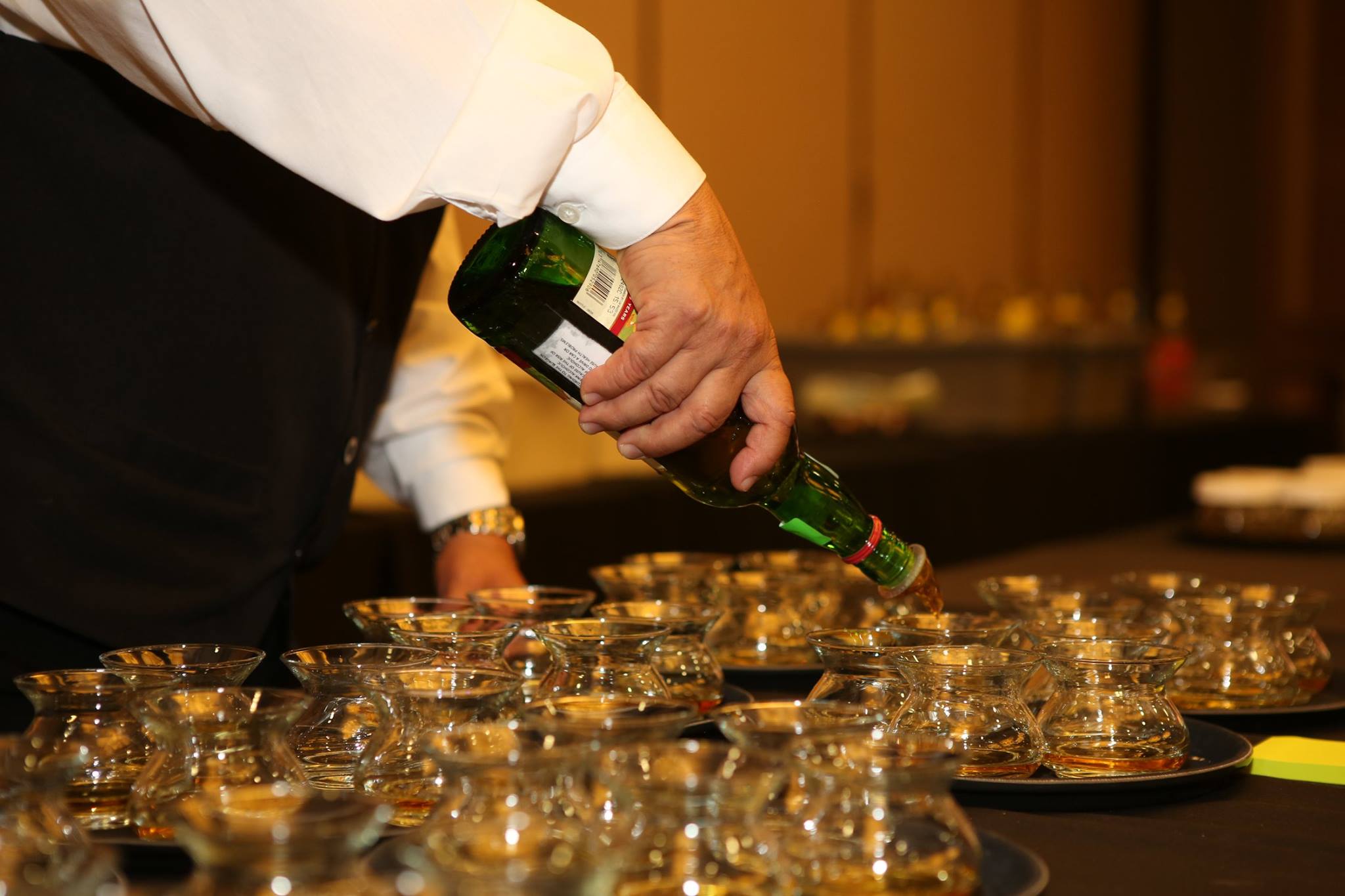
Tasting spirits is an art that requires attention to detail, a keen sense of smell, and an open mind. Here's a step-by-step guide to help you get started.
Preparing for the Tasting Experience
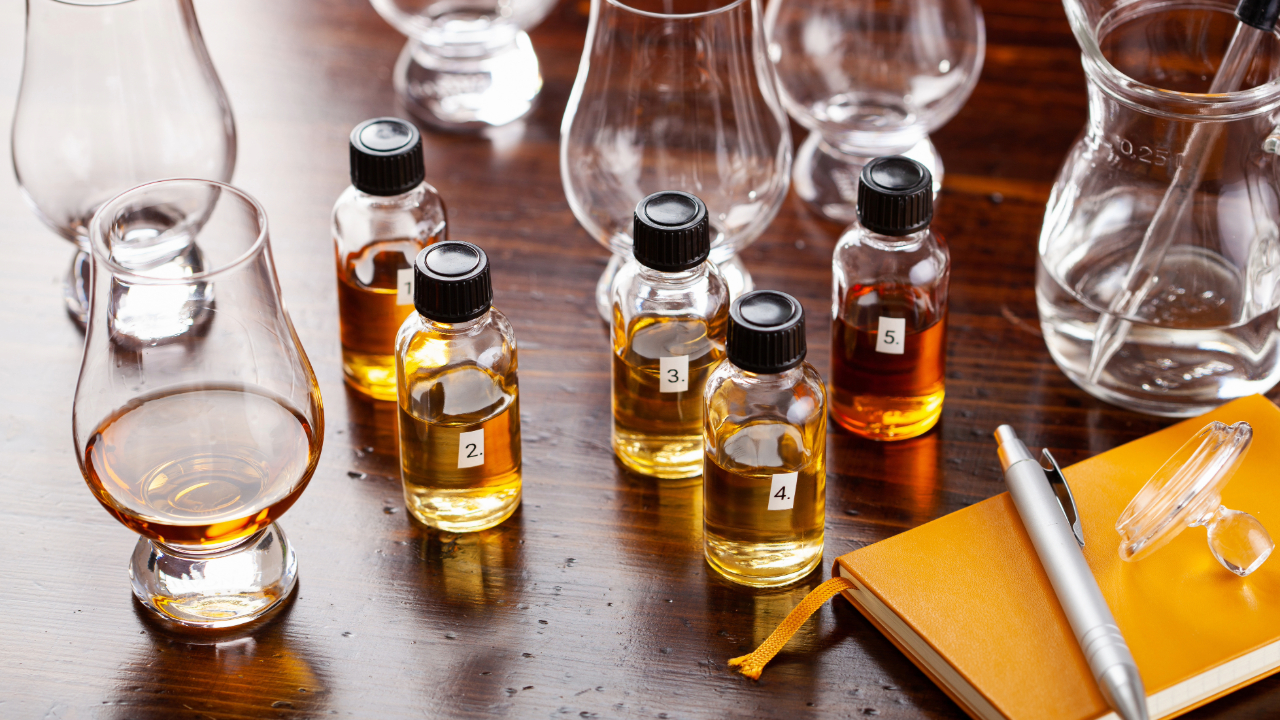
-
Choose the Right Glassware:
- Use a tulip-shaped glass to concentrate the aromas of the spirit. This shape helps you capture the full bouquet of scents.
-
Set the Scene:
- Taste in a clean, well-lit environment free from strong odors. This ensures that your senses are focused solely on the spirit.
-
Cleanse Your Palate:
- Before you start, cleanse your palate with water or a plain cracker to ensure you can fully appreciate the flavors of each spirit.
The Five Steps of Spirits Tasting
-
Observe:
- Examine the color and clarity of the spirit. The hue can give you clues about the age and type of the spirit. For example, a deep amber color in whiskey often indicates a longer aging process.
-
Swirl:
- Gently swirl the glass to release the aromas. This action also allows you to observe the "legs" or "tears" that run down the side of the glass, indicating the alcohol content and viscosity.
-
Smell:
- Take a moment to inhale the aromas. Start with short, gentle sniffs, and gradually take deeper breaths. Note the different scents you detect, such as fruity, floral, spicy, or woody notes.
-
Sip:
- Take a small sip and let it roll over your tongue. Pay attention to the initial flavors and how they evolve. Notice the mouthfeel and the balance of sweetness, bitterness, and acidity.
-
Savor:
- After swallowing, savor the finish. Note how long the flavors linger and any new tastes that emerge. This is often where the complexity of the spirit truly shines.
Tasting Different Types of Spirits
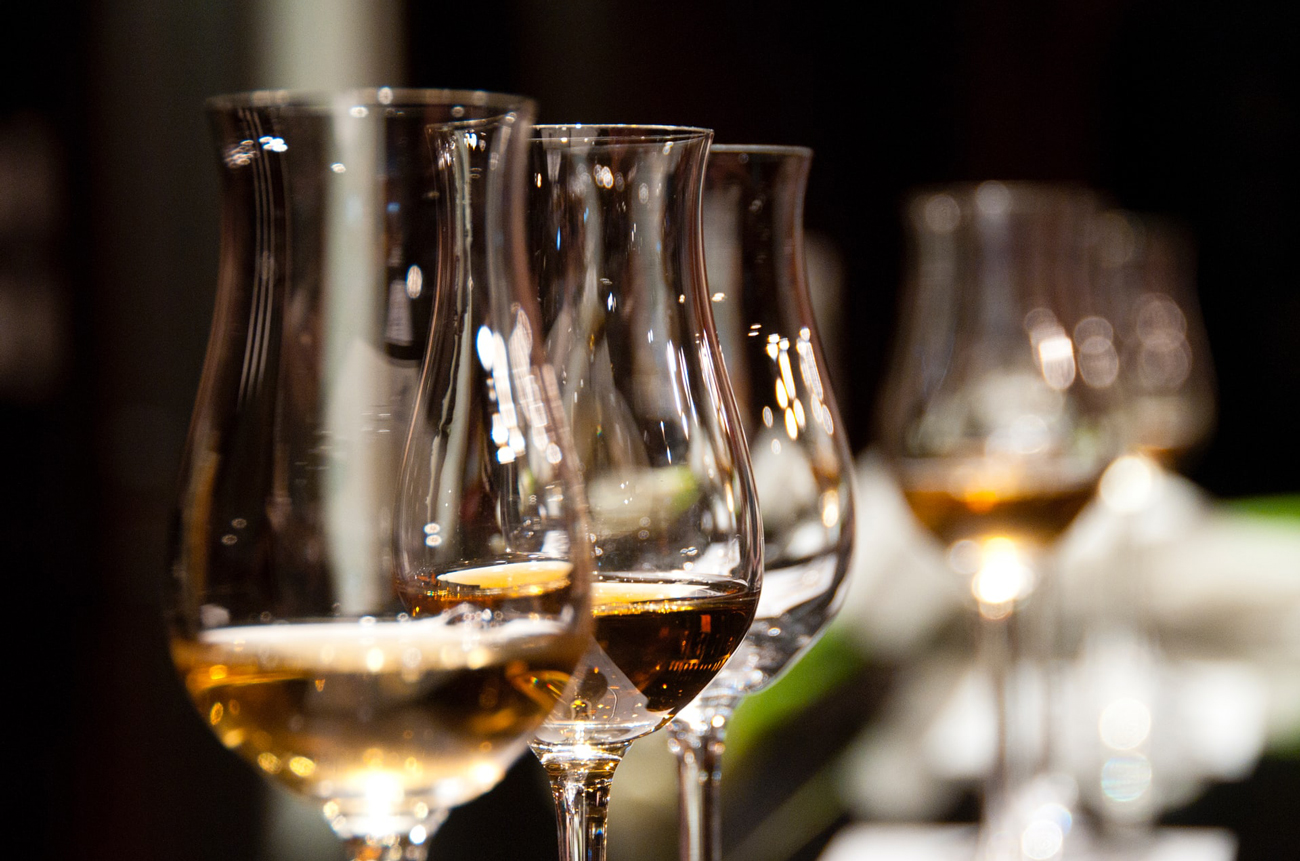
Whiskey Tasting
Appearance:
- Whiskey can range from pale gold to deep amber, depending on its age and type.
Aroma:
- Common notes include caramel, vanilla, oak, and spices. Single malts may have peaty or smoky aromas, while bourbons often exhibit sweet corn and vanilla scents.
Taste:
- Savor the balance of sweetness, bitterness, and spiciness. Look for flavors like toffee, nuts, dried fruits, and chocolate.
Finish:
- A good whiskey has a long, warming finish. Note the lingering flavors of oak, spice, and sometimes a hint of smoke.
Gin Tasting
Appearance:
- Gin is typically clear, but some craft gins may have a slight color from botanicals.
Aroma:
- Key botanicals like juniper, citrus, and herbs dominate the aroma. Some gins may also have floral or spicy notes.
Taste:
- The primary flavor is juniper, complemented by a mix of other botanicals. Citrus, coriander, and pepper are common notes.
Finish:
- Gin usually has a crisp, clean finish. Some gins may have a slightly bitter or herbal aftertaste.
Vodka Tasting
Appearance:
- Vodka is typically clear and colorless.
Aroma:
- High-quality vodka should have a neutral scent with subtle hints of grain or fruit.
Taste:
- Vodka is known for its clean, smooth taste. Note any slight sweetness or peppery bite.
Finish:
- A good vodka has a clean, smooth finish with minimal aftertaste.
Rum Tasting
Appearance:
- Rum can range from clear (white rum) to dark amber (aged rum).
Aroma:
- Depending on the type, rum can have notes of molasses, caramel, tropical fruits, and spices.
Taste:
- White rum is typically light and sweet, while aged rum has richer, more complex flavors like vanilla, toffee, and oak.
Finish:
- Rum often has a smooth, lingering finish with hints of spice or caramel.
The Importance of Nose in Spirits Tasting
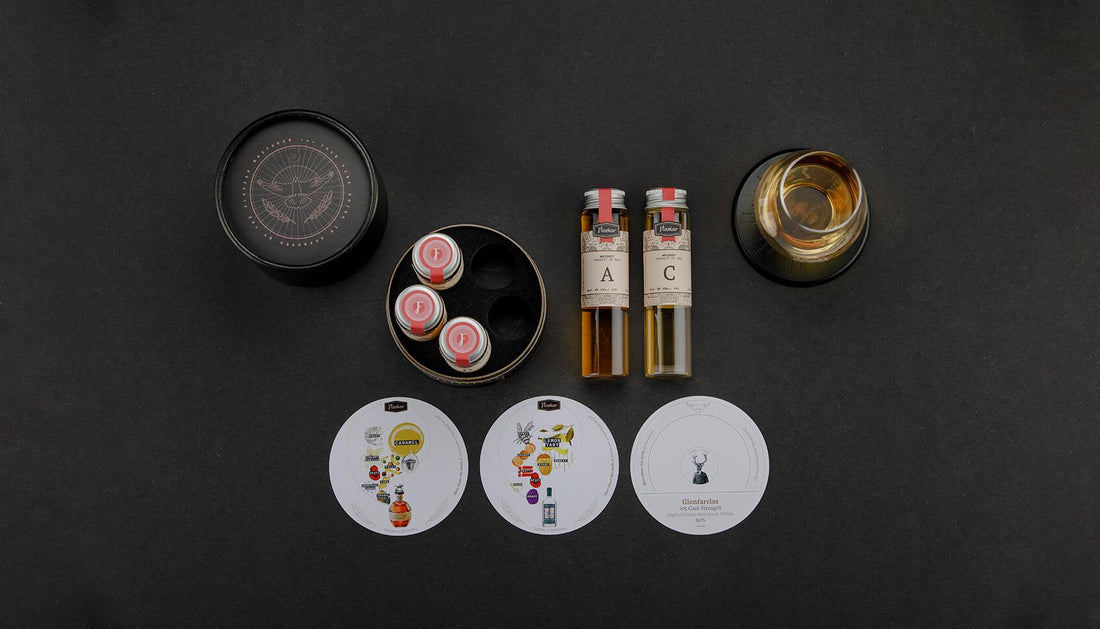
The sense of smell is crucial in spirits tasting. Your nose can detect thousands of aromas, providing a more detailed and nuanced understanding of the spirit than taste alone. Here are some tips for enhancing your olfactory experience:
-
Warm the Glass:
- Gently warming the glass in your hands can help release more aromas.
-
Nose in Stages:
- Start by smelling from a distance, then gradually bring the glass closer to your nose. This helps you detect different layers of aromas.
-
Compare and Contrast:
- Smell different spirits side by side to understand their unique aromatic profiles better.
Recognizing Common Aromas and Flavors in Spirits
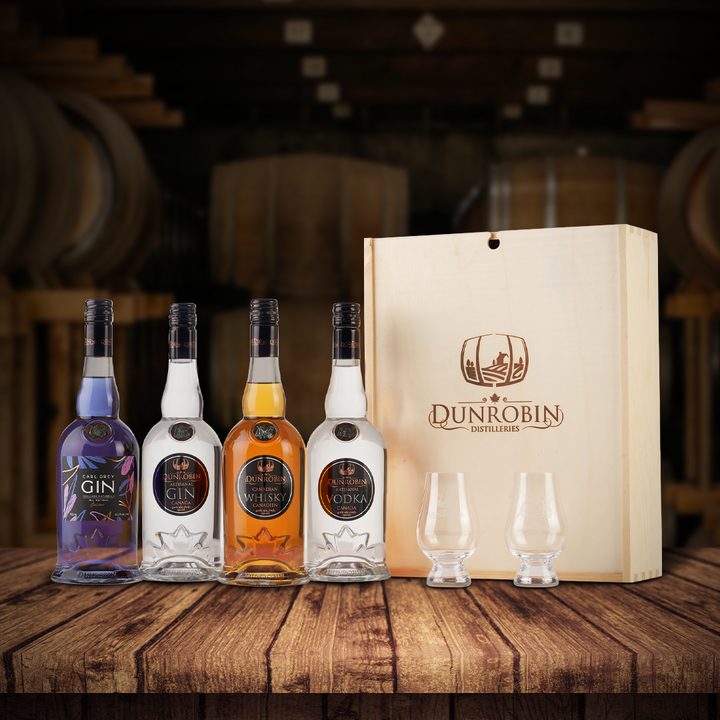
- Aromas: Caramel, vanilla, oak, spice, smoke, dried fruit.
- Flavors: Toffee, nuts, chocolate, pepper, peat.
Gin:
- Aromas: Juniper, citrus, herbs, spices, floral.
- Flavors: Juniper, citrus, coriander, pepper, lavender.
- Aromas: Grain, fruit, subtle ethanol.
- Flavors: Clean, smooth, slight sweetness, pepper.
Rum:
- Aromas: Molasses, caramel, tropical fruits, spice.
- Flavors: Vanilla, toffee, oak, banana, cinnamon.
Advanced Tasting Techniques
For those looking to deepen their tasting skills, here are some advanced techniques:
-
Blind Tasting:
- Taste spirits without knowing their identity to focus solely on sensory impressions.
-
Vertical Tasting:
- Taste different vintages or ages of the same spirit to understand how it develops over time.
-
Horizontal Tasting:
- Taste different spirits of the same type from various producers to appreciate stylistic differences.
-
Food Pairing:
- Pair spirits with complementary foods to enhance both the drink and the dish.
Hosting a Spirits Tasting Event

Sharing the experience with friends can be educational and fun. Here are some tips for hosting a successful spirits tasting event:
-
Select a Theme:
- Choose a specific type of spirit or a region to focus on.
-
Prepare Tasting Mats:
- Provide mats with spaces for each glass and notes for recording observations.
-
Educate Your Guests:
- Share information about each spirit, including its history, production process, and tasting notes.
-
Encourage Discussion:
- Foster an open environment where guests can share their impressions and ask questions.
The Role of Water in Spirits Tasting

Adding a few drops of water to your spirit can open up new aromas and flavors. This practice is especially common with whiskey. Here’s how to do it:
-
Use Clean, Room-Temperature Water:
- Avoid tap water with strong flavors. Bottled spring water is ideal.
-
Add Slowly:
- Start with a few drops and gradually add more, noting how the spirit changes.
-
Observe the Changes:
- Notice how the water can soften the alcohol burn and reveal new aromatic compounds.
Documenting Your Tasting Experience
Keeping a tasting journal can help you remember your favorite spirits and refine your palate. Here’s what to include:
-
Spirit Details:
- Note the name, age, ABV (alcohol by volume), and producer.
-
Tasting Notes:
- Record your observations for appearance, aroma, taste, and finish.
-
Personal Impressions:
- Write down your overall impression and any unique characteristics.
-
Ratings:
- Create a rating system to compare different spirits.
Conclusion
Tasting spirits like a pro is an enriching experience that deepens your appreciation for the craft of distillation. With Dunrobin Distilleries, a leading alcohol distributor in Singapore, you have access to a diverse range of high-quality spirits perfect for exploring the world of tasting. Whether you're enjoying a sophisticated whiskey, a refreshing gin, a smooth vodka, or a complex rum, this guide will help you savor every sip. Cheers to your journey in spirits tasting!
